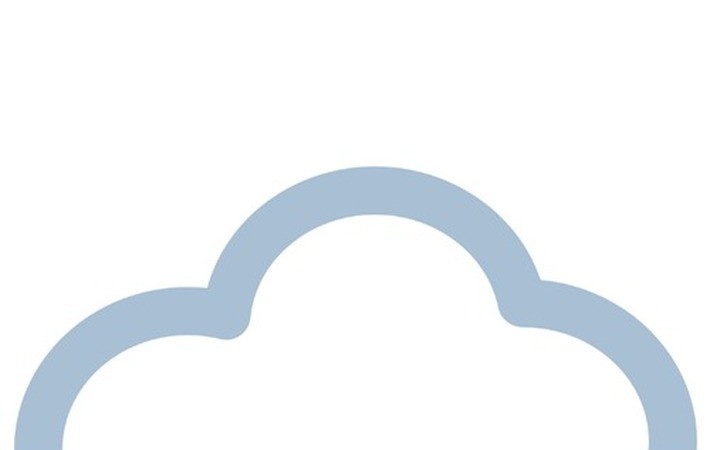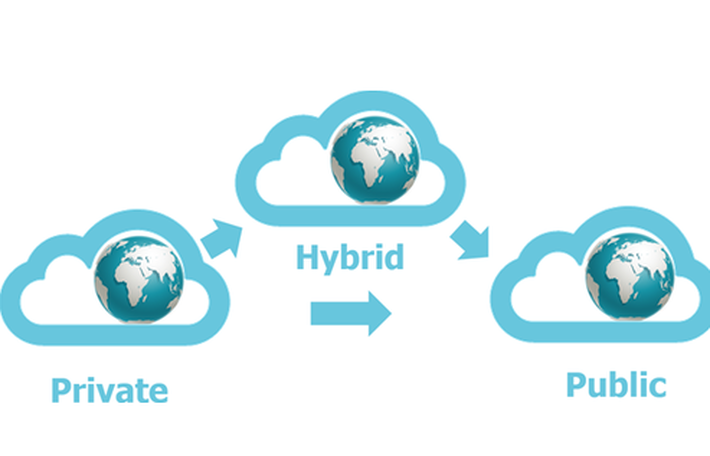
Published on 12/05/2016 | Technology
The Internet of Things is not about one technology, so if you are looking for a comparison, you should stop reading.
Internet of Things will take advantage of several type of technologies depending on different data requirements such as speed, latency, utilization as well as factors such as human reaction time and ease of use. In society there are many pre-exciting requirements and expectations. We have been turning "on" and "Off" lights for several decades and we do have an expectation that a light should be turned "ON" within human reaction time. Not wait a second or two like you have to do with LPWAN. These types of expectations are critical if you should choose a technology wherever is it is wireless or wired.
Why did iPod become such a huge success? Not because Apple had the best technology, but because they created a product that was so easy to use that average Joe didn't need a user manual. He simply enjoyed listening to music and didn't have a passion for ripping and compression formats. For me Internet of Things is about the marriage between society and technology where humans, animals and things are all connected in one open network driving new opportunities, efficiencies and business models. For that to happen, my mother will need to use it and see the benefit of it without reading a user manual in 100 languages.
LPWAN is not a technology that answer all needs in the vision of Internet of Things and neither does one type of technology. LPWAN in combination with wired broad band technologies, wireless technologies such as BTLE, WiFi, Thread or cellular technologies is needed in an overall IoT Strategy....I think you know where I'm going so out of respect i'm not going to lecture you..
So Why should you consider LoRaWAN and What is the hype all about?
The idea of LPWAN is not limited to a public network, but in fact paid connections is only 30% of the LPWAN market. The vision is to have any type of object being connected through out the life time of a product without touching the product. Its about a farmer that just want to install a smoke detector or a few sensors on a field without the need of becoming an engineer. LPWAN is for cities to know where and when to pick up waste bins, know when and where it will be a water leakage without creating a new IT department to run the network. LPWAN should be as simple as possible with only focus on the user experience and the sensor.

Me and many others, don't believe we know your business model or needs, we simply believe that no matter what it is, you should have the possibility to use LoRaWAN. We don't believe everything is solved by public network, nor hybrid or Private. We believe its a combination of all that solve and drive the LPWAN market. Imagine if your a multi international beverage company. You have your factories and supply hubs. In these situation the supply chain management system and infrastructure is already in place. You don't need a public network, but you need a hybrid solution that allow you to manage sites / hubs and once the products are distributed out to point of sales , it seamlessly move over to a public network . The technology shouldn't mandate how you run your business, but the technology should adopt to your needs.
Lasting the life time of the product
For every thing to be connected, you need technology that has the lowest cost solution for the objet. If your a supply chain company, you don't need your labels to last for 20years, but the cost should be extremely low and should only last for a few weeks. However cost is important, so is battery type. If your a water utility company, you would like your meters to last for 20 years, and if your in consumer products maybe you have a target for 5 years. Cost of a sensor is related to the protocol as well as battery type and for many people an unknown factor as peak current. Depending on peak current, the battery capacity changes as well as it dictates what type of batteries can be used. If your in metering you most likely will choose a LI-SOCI2 technology battery because of it low internal leakage over temp and time. However its very sensitive to peak current (<50mA) as it breaks down the battery. If your in consumer type of application you might go for AA or coin cell to meet your price expectations. Again, a AA battery has a capacity of 2500mA/h with a discharge of 20mA, but only <<1000mA/h with 500mA discharge.
So choosing technology highly effect the life time and price point of a product. Using LoRaWAN you can choose within all available battery technologies that best fit your application and be assured you have selected the lowest solution cost/longest life time technology. Coincell discharge/capacity illustration:
How many bytes do you need to send, to transmit one bit
Most of the sensors in Internet of Things have only event driven need to transmit or receive data. A simple parking sensor only need to detect if there is a car or if there is not a car. LoRaWAN is therefore using an Alo-ha time slotted point to point protocol something that allow objects only to transmit whenever there is an event and not because the network require it. There are of course benefits and drawbacks to this and the biggest drawback is capacity as a result of collisions. The capacity monitoring is therefore moved to the cloud and combined with an adaptive data rate algorithm to ensure that an a sensor only have a minimum of on air occupancy by selecting data rates from 300bps t0 50kbops depending on SNR. If the gateways starts to reply an increase of collisions, the operator can simply deploy a new gateways and all sensors will be self organized without the need of reconfiguring any routing. By moving this function to the cloud, LoRaWAN take the benefits of Alo-Ha and minimize the drawbacks in the cloud. All to ensure the minimum use of energy for every end-point. Since LoRaWAN is Alo-Ha, capacity is 100% allocated sensor data and do not need to use part of the capacity to keep synchronization and timing of terminals.
Every msg = Geo location
A market study shows that 80% of all applications in LPWAN has a need for geo-localization once or on a permanent basis of the life time of the products. A GPS receiver has been the answer until now at the expense of BOM and battery life time, that again leads to cost and indoor issues. With LoRaWAN, every msg sent by a sensor gives the application owner the benefit of getting the GEO location data. This is done by collecting received msg from multiple gateways and then a application in the cloud triangulate the geo position based on time of flight and received field strength. The flight time and RSSI meta data is forwarded by the gateway to the location server in the LoRaWAN cloud. LoRaWAN location services was successfully tested out in multiple cities in Europe Q4-2015.
Security and privacy
National wide and global LPWA networks are sensitive to national and individual security and privacy concerns. Even an application such as streetlight would create critical situations if a teenager decide to create a light show in x-mas rush hour. This LoRaWAN has solved by having unique encryption per node supported with a network and application encryption ensuring the privacy of the user, network and application owner:
Unique Network key (EUI64) and ensure security on network level
Unique Application key (EUI64) ensure end to end security on application level
Device specific key (EUI128)
Deployment cost
To day the LPWAN is in its infancy and cost of deployment and alternative deployment scenarios will determine how fast a LPWAN technology will be adopted. Therefore I believe in a mixture of private, hybrid and public network to give businesses, homes, farms and society a kick start allowing them to be connected even if public network is not available. Today cellular towers are mainly located in populated areas, and even in large cities shows spotted coverage as we all experience in our day to day lives. This not only a cellular issue, but also LPWAN. You can move, but an object cannot. I don't believe only high points can solve a network deployment or drive deployment. We believe that large countries and cities as well as farms would need to deploy with small cells, pico and macro cells. Since LoRa gateways are only transparent bridges, it is extreme low cost and ideal to deploy as you go and best of all, sensors are self deploying. All currently available in the LoRa Alliance eso-system.
So why select LoRaWAN?
LoRaWAN is an Open specification that allow all if they are students, farmers, small and large businesses, telecom operators and even competitors to test out for them self. We believe your business model is right, you also might need a mixture of technologies such as WiFi, BTLE, Thread,GPRS,LTE,LTE-IoT and LoRaWAN . If you need high data rate, guaranteed latency, large data transfer, human response time, do not consider LoRaWAN, but maybe LTE, LTE-IoT or BTLE. For the rest, why not give it a go and learn, make up your own mind? Its open for all and you and your product whatever it is can afford it even if you take it out of your own pocket..
This article was originally posted on LinkedIn.